
A Stroll For Inspiration
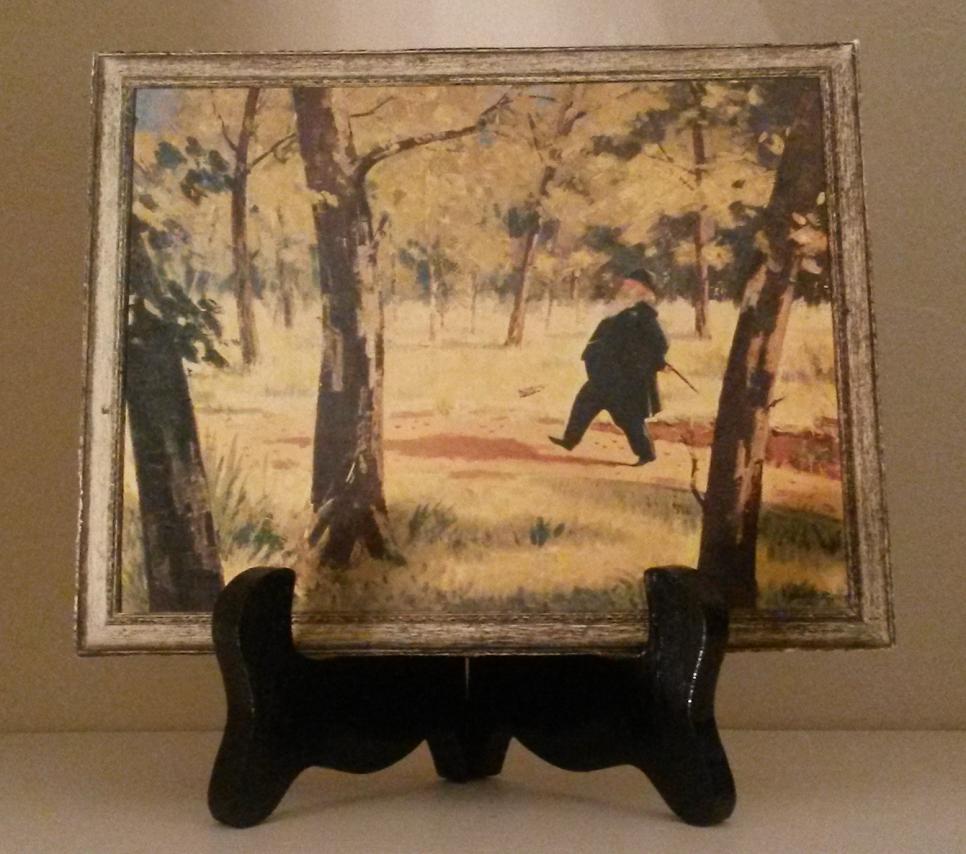


This painting depicts Johannes Brahms taking a stroll in the Black Forest near his summer home in Baden-Baden, Germany. Perhaps he is clearing his mind, opening it up to the inspiration for his next composition.
Brahms is often thought of as one of The Three Bs, along with Bach and Beethoven. All three were German, and each is representative of a major era in music history:
| era | ~ dates | composer | lifespan |
|---|---|---|---|
| BAROQUE | 1600-1750 | Johann Sebastian BACH | 1685-1750 |
| CLASSICAL | 1750-1800 | Ludwig van BEETHOVEN | 1770-1827 |
| ROMANTIC | 1800-1900 | Johannes BRAHMS | 1833-1897 |
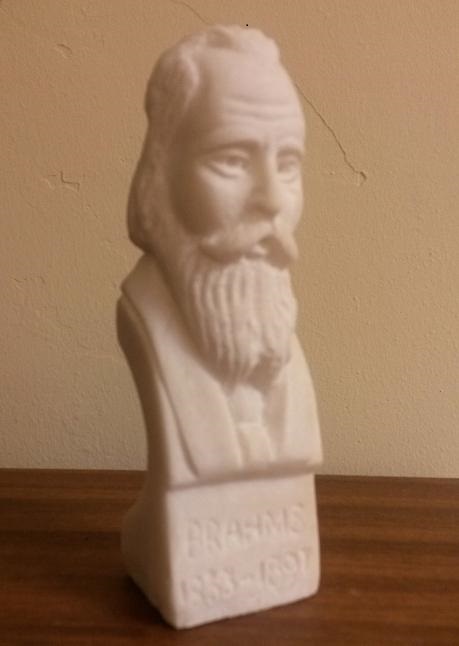
Here's a brief look at some of Brahms' work in various genres. . . .
Brahms himself claimed that he spent twenty-one years working on his first symphony. That's a third of his life! (Whether it's a major third or a minor third is left as an execise for the reader.) Perhaps that's an indication of his perfectionist nature. It is certainly a masterpiece.

However, his most popular symphony seems to be the third. The theme of its allegretto movement has even been hijacked and used as the melody for various songs, including some recorded by Frank Sinatra, Diahann Carroll, Jane Birkin, and Nancy Wood. That theme is also used as the basis for the tune "Love Of My Life," which Carlos Santana and Dave Matthews claim writing credits for on Santana's album "Supernatural."

Notable among Brahms' chamber music is The Horn Trio. It is uses an unusual instrumentation, viz. horn, violin, and piano. Perhaps more unusual is the fact that, despite the availability of valved horns by that time, (what we call French horns,) Brahms wrote this for the "natural" horn, what some might call the hunting horn. Such a valveless horn is not capable of a full chromatic range, but only the notes in a given overtone series. And yet, the creator was able to produce a rich, full composition.
| side note | |
|---|---|
|
the significance of which might be lost on most people outside of Oklahoma, Texas, and Kansas |
|
|
The Wikipedia article on Brahms includes this caveat: "Not to be confused with Braums." |
|
Like Beethoven and several other well-known composers, Brahms wrote only one violin concerto.
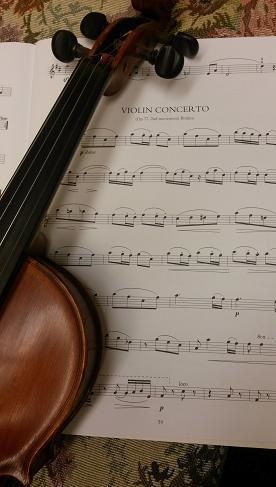
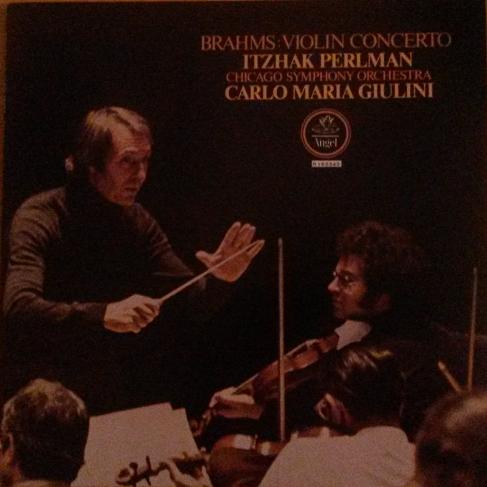
Brahms was also known for his many piano works, and for being a friend to the viola, giving that instrument more attention than the typical composer of his day.
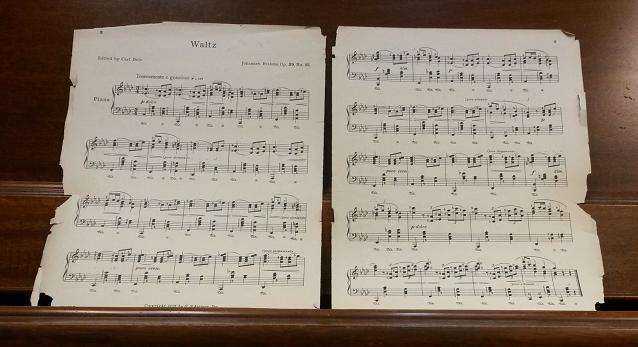
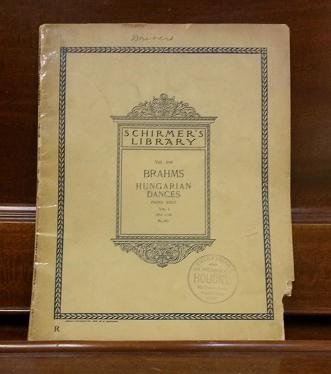
Despite all his great compositions, Brahms' name is most familiarly attached to the simple melody of a Wiegenlied written for the baby of a friend. ("Wiegenlied" is German for "cradle song.") You probably know the tune as . . . Brahms' Lullaby.
Johannes Brahms was mentored by composer Robert Schumann and his pianist-composer wife Clara Schumann. Brahms, who never married, was apparently in love with Clara, although she was nearly fifteen years his senior. However, even after Robert committed himself to an asylum (after a failed suicide attempt) and subsequently died, Johannes and Clara kept their relationship fairly professional.
They fought together in the so-called "War Of The Romantics," spearheading the Conservative side. The team captains for the Progressives were Franz Liszt and Richard Wagner. Ironically, both sides claimed Beethoven as their inspiration, as he made great use of the traditions established by Mozart and Handel while being unashamedly innovative.
The "War" also seems ironic to those of us today who love the music of Brahms with no disdain for Liszt or Wagner!